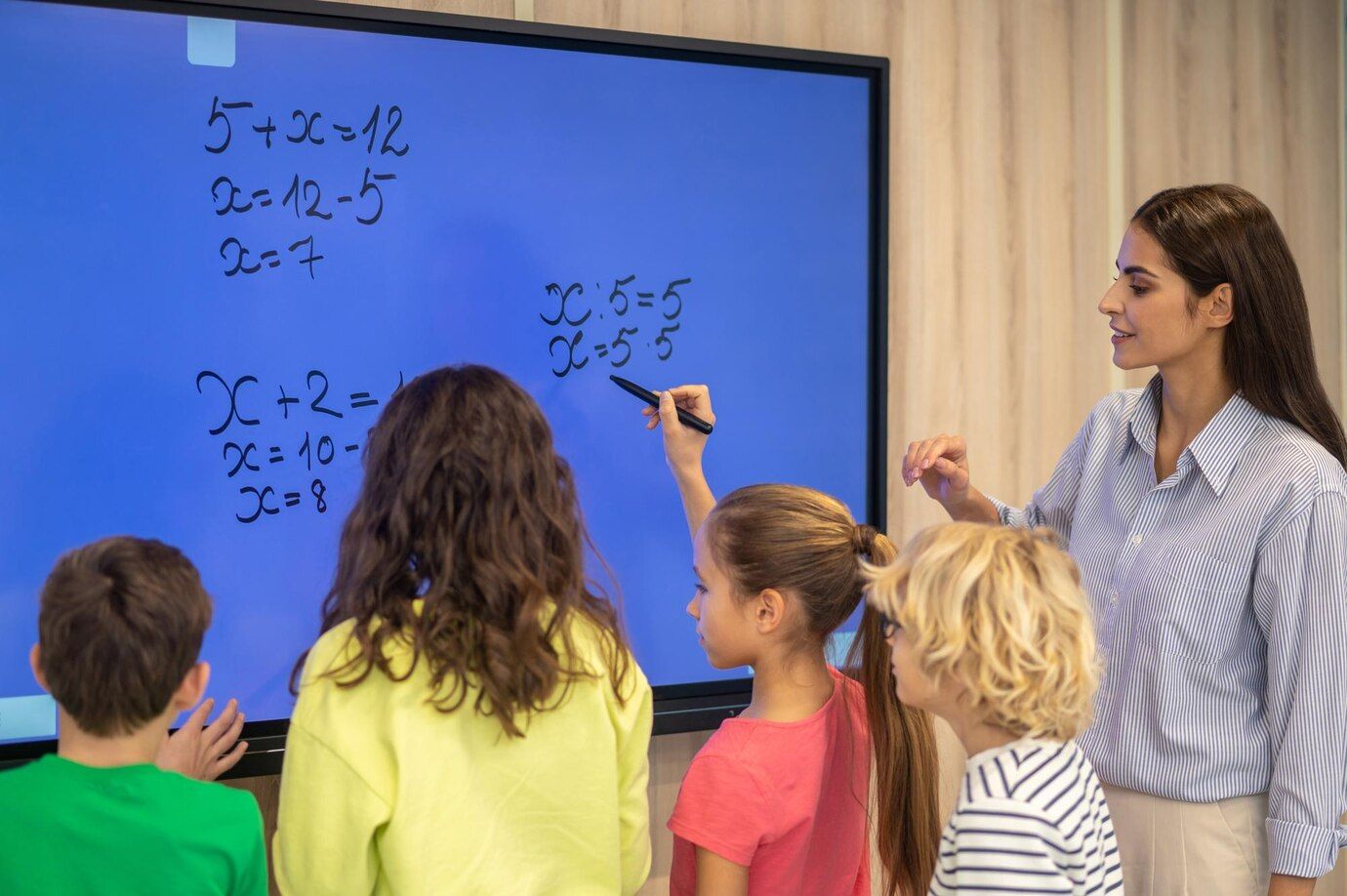Boosting Academic Success with Interactive Smartboards: How Interactive Smartboards Drive Academic Performance

Interactive Smartboards have become a powerful tool in schools, making learning more fun and effective. These interactive boards allow teachers to create engaging lessons that grab students' attention. With colorful visuals, videos, and interactive activities, smartboards turn regular lessons into exciting experiences. This helps students stay focused and interested in what they are learning.
Research shows that smartboards can actually improve academic performance. By comparing classes with and without smartboards, we see clear benefits in student engagement and understanding. Statistics tell us that students in classrooms with smartboards do better on tests and participate more during lessons. Smartboards also help students remember what they've learned, thanks to interactive and hands-on activities.
Using smartboards, teachers can easily present information in many different ways. They can mix text, pictures, and videos to illustrate their points, making complex topics easier to understand. This kind of interactive teaching method supports different learning styles, helping all students to succeed. As a result, smartboards not only make lessons more enjoyable but also enhance learning outcomes, setting students up for success.
Proven Case Studies and Data
Smartboards have shown clear benefits in improving academic performance. In one study, classes using smartboards improved their test scores compared to those without smartboards.
Another study found that students in smartboard-equipped classrooms participated more in discussions and activities.
By examining these studies, it becomes evident that smartboards contribute significantly to academic improvement. The data supports that interactive tools like smartboards make lessons more effective, thereby enhancing student performance.
Increased Retention and Understanding
Smartboards play a vital role in improving memory retention and understanding. When students interact with lessons directly, they tend to remember information longer.
A report revealed that students who had the help of visual aids remembered more of the lesson content than those who did not.
Memory Retention: Research or Case Studies:
- Interactive Learning: Studies show that interactive learning helps in better memory retention. For instance, using smartboards to display colorful diagrams and videos helps students visualize concepts, making it easier to recall them later.
- Hands-On Activities: Smartboards allow hands-on activities like dragging and dropping, which reinforces learning. A classroom study demonstrated that students who engaged with smartboard activities had higher retention rates.
Including these research findings confirms that smartboards enhance learning by making it interactive. Statistics clearly indicate that such interactive methods improve memory retention and understanding, leading to better overall academic performance.
Engagement and Participation
Smartboards greatly enhance student engagement and participation in the classroom. By providing interactive and dynamic lessons, smartboards make learning more appealing. Features like touch-screen interaction and multimedia support allow students to actively participate in lessons.
With smartboards, lessons become interactive. Activities like quizzes, games, and group projects keep students interested. Smartboards also enable teachers to give instant feedback, making learning more effective. This helps students understand mistakes and correct them quickly.
Teacher and Student Collaboration
Smartboards also improve collaboration between teachers and students. Teachers can use smartboards to create interactive lessons that involve students in the learning process. Collaboration tools like shared screens and annotation features help in achieving this.
Enhanced Teaching Methods:
- Interactive Lessons: Smartboards allow teachers to create lessons with videos, images, and interactive content. This makes teaching more effective and enjoyable.
- Flexible Teaching: Smartboards support various teaching methods, from lectures to group activities, catering to different learning styles.
Improved Student Collaboration:
- Group Work: Smartboards facilitate group work by allowing multiple students to interact with the board simultaneously. This encourages teamwork and peer learning.
- Shared Learning: Features like shared screens enable students to work together on projects, leading to better understanding and collaboration.
By fostering a collaborative environment, smartboards enhance the teaching and learning experience. Teachers can deliver more engaging lessons, and students can work together more effectively, boosting overall academic performance.
Conclusion
Smartboards have revolutionized how lessons are taught and learned in schools. Proven case studies and data clearly show improvements in academic performance, with significant gains in test scores and participation levels. Increased retention and understanding are also noticeable, thanks to engaging and interactive content.
Students find learning more enjoyable and effective when lessons are interactive. Participation and engagement rise with the use of smartboards, leading to better understanding and retention. Teachers, too, benefit from the flexibility and enhanced teaching methods that smartboards offer. Collaboration between teachers and students, as well as among students themselves, improves significantly.
Ready to see how smartboards can boost academic performance in your classroom? Explore our range of smartboards and educational solutions at IMAGO Technologies. Get in touch with us today to transform your teaching and make learning more engaging for your students.